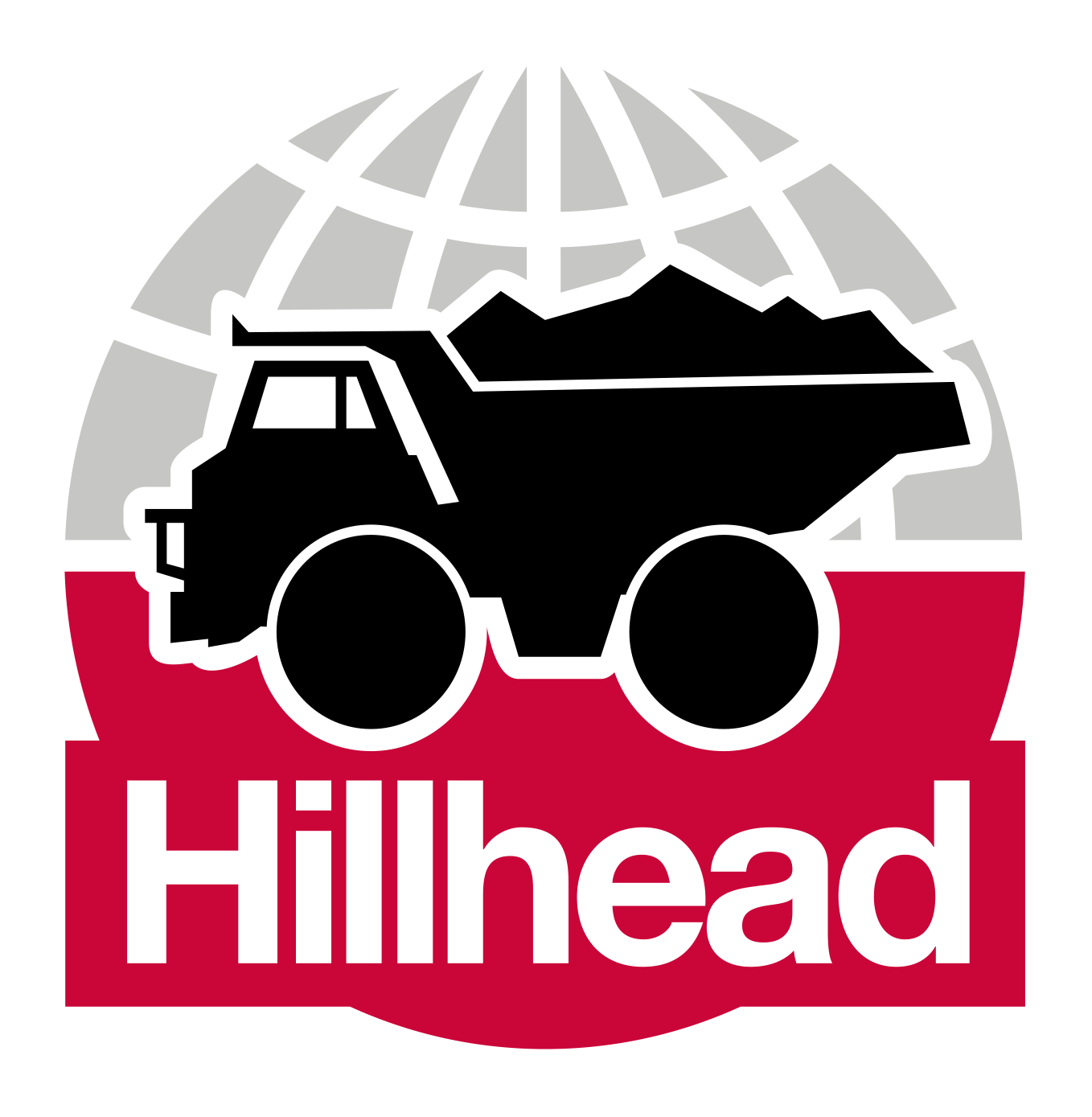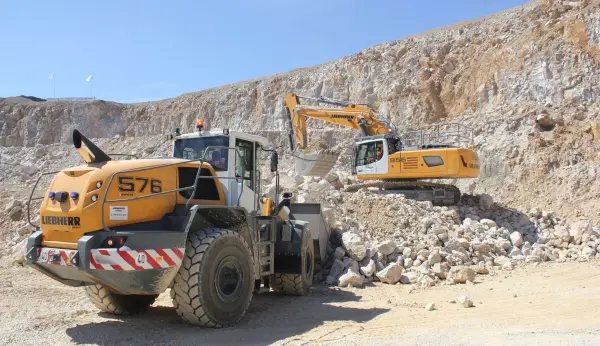New waste handler from Caterpillar
Since its introduction, the Cat D7E track-type tractor has proved its ability to deliver reliable, low-cost production in a range of applications. The D7E uses 10 to 30 percent less fuel and, on average, moves 10 percent more material per hour than its predecessor, the Cat D7R. The new D7E waste handler blends the efficiency of the D7E with features that allow it to take on harsh landfill applications with best-in-class performance, durability and economy.
The electric drive power train is suited to waste-handling operations, applying engine horsepower to the tracks in a smooth, steady manner that yields traction and lugging ability in poor underfoot conditions. The D7E is also maneuverable by employing a Caterpillar designed differential steering system driven by a D8-size steering pump. The new drive train allows gradual full-power turns, locked-track pivot turns and counter-rotation.
Overall, the D7E’s fuel economy and productivity allow it to achieve a fuel-efficiency rating (material moved per gallon/liter of fuel) that typically is 25 percent higher than machines in the same size class with conventional drive trains. Fuel economy, reduced fluids and fewer mechanical components mean the machine consumes fewer resources, while doing more work than a conventionally designed machine.
Extreme-service guarding helps protect the D7E from a hostile environment. Heavy-duty bottom guards protect the crankcase and drive train components, while also preventing debris build-up. Easy access to the power train is achieved via the hinged design.
A heavy-duty radiator guard shields the D7E's three-section cooling system. A new dual-hinge design allows the guard to fold away completely for easy cleaning access—without removing the lift cylinder. The new system (engine, propulsion-module and charge-air cooling) is designed as a single-plane, eliminating a stacked arrangement of individual coolers that could trap debris. Wider radiator-fin spacing (six per inch) lets smaller debris pass through, and an automatically reversing hydraulic fan purges debris from the coolers and perforated engine enclosures.
Specially designed guards prevent damage to the pivot-shaft seals and chassis guards protect the engine-compartment side panels from damage by deflecting debris.
A newly designed final-drive-seal guard prevents potentially damaging flexible waste, such as wire and nylon strapping, from wrapping around the duo-cone seal area. The new guard includes a rugged cast outer shell to resist abrasion, plus multiple labyrinth seals and an inner Kevlar seal.
Guards for the front-idler seals are similar, incorporating a labyrinth design that keeps debris out. Optional front and rear striker bars prevent waste from riding up the tracks and damaging the fenders, fuel tank or hydraulic tank—all of which are also equipped with special guards.
Laminated thermal shields cover the exhaust manifold, hot side of the turbocharger and the exhaust stack within the engine compartment. These shields reduce surface temperatures well below the flash point of most combustibles in waste-handling operations. A two-stage, intake-air pre-cleaner has a spinning impeller that ejects most debris, and remaining contaminants are removed by a secondary exhaust scavenger before intake air reaches the main filter.
Lights are positioned on the D7E for the most efficient lighting pattern, and the ROPS-mounted air-conditioner condenser is positioned above swirling dust and debris. Added sealing is used for engine enclosures, operator-station platform, battery box and rear-case opening to keep out even fine debris.
Options for the D7E include front and rear striker bars and centre-hole track shoes, which allow the sprocket to punch out debris that might otherwise collect in the track chains and accelerate wear. An enhanced cab, with higher pressurization and a powered pre-cleaner and high-efficiency filter, keeps air in the operator's station cleaner. Available rear-mounted work tools include a multi-shank ripper, winch or drawbar.
Blade types for the D7E equipped with a standard-gauge undercarriage include the universal, semi-universal and straight—all available with a trash rack for increased capacity and added machine protection. Machines with the optional low-ground-pressure (LGP) undercarriage use a larger-capacity straight blade with a trash rack. All waste-handler blades are faced with a 10mm steel wear plate for added durability.
The D7E's standard low-drive undercarriage is designed for reliable, durable performance in severe applications. The optional SystemOne undercarriage features sealed and lubricated cartridges, eliminating pin-and-bushing turns, and sprockets designed to last the life of the track chain. Both undercarriage types currently are available in either standard or LGP gauge; all appropriate blade options also are currently available.
The electric drive power train is suited to waste-handling operations, applying engine horsepower to the tracks in a smooth, steady manner that yields traction and lugging ability in poor underfoot conditions. The D7E is also maneuverable by employing a Caterpillar designed differential steering system driven by a D8-size steering pump. The new drive train allows gradual full-power turns, locked-track pivot turns and counter-rotation.
Overall, the D7E’s fuel economy and productivity allow it to achieve a fuel-efficiency rating (material moved per gallon/liter of fuel) that typically is 25 percent higher than machines in the same size class with conventional drive trains. Fuel economy, reduced fluids and fewer mechanical components mean the machine consumes fewer resources, while doing more work than a conventionally designed machine.
Extreme-service guarding helps protect the D7E from a hostile environment. Heavy-duty bottom guards protect the crankcase and drive train components, while also preventing debris build-up. Easy access to the power train is achieved via the hinged design.
A heavy-duty radiator guard shields the D7E's three-section cooling system. A new dual-hinge design allows the guard to fold away completely for easy cleaning access—without removing the lift cylinder. The new system (engine, propulsion-module and charge-air cooling) is designed as a single-plane, eliminating a stacked arrangement of individual coolers that could trap debris. Wider radiator-fin spacing (six per inch) lets smaller debris pass through, and an automatically reversing hydraulic fan purges debris from the coolers and perforated engine enclosures.
Specially designed guards prevent damage to the pivot-shaft seals and chassis guards protect the engine-compartment side panels from damage by deflecting debris.
A newly designed final-drive-seal guard prevents potentially damaging flexible waste, such as wire and nylon strapping, from wrapping around the duo-cone seal area. The new guard includes a rugged cast outer shell to resist abrasion, plus multiple labyrinth seals and an inner Kevlar seal.
Guards for the front-idler seals are similar, incorporating a labyrinth design that keeps debris out. Optional front and rear striker bars prevent waste from riding up the tracks and damaging the fenders, fuel tank or hydraulic tank—all of which are also equipped with special guards.
Laminated thermal shields cover the exhaust manifold, hot side of the turbocharger and the exhaust stack within the engine compartment. These shields reduce surface temperatures well below the flash point of most combustibles in waste-handling operations. A two-stage, intake-air pre-cleaner has a spinning impeller that ejects most debris, and remaining contaminants are removed by a secondary exhaust scavenger before intake air reaches the main filter.
Lights are positioned on the D7E for the most efficient lighting pattern, and the ROPS-mounted air-conditioner condenser is positioned above swirling dust and debris. Added sealing is used for engine enclosures, operator-station platform, battery box and rear-case opening to keep out even fine debris.
Options for the D7E include front and rear striker bars and centre-hole track shoes, which allow the sprocket to punch out debris that might otherwise collect in the track chains and accelerate wear. An enhanced cab, with higher pressurization and a powered pre-cleaner and high-efficiency filter, keeps air in the operator's station cleaner. Available rear-mounted work tools include a multi-shank ripper, winch or drawbar.
Blade types for the D7E equipped with a standard-gauge undercarriage include the universal, semi-universal and straight—all available with a trash rack for increased capacity and added machine protection. Machines with the optional low-ground-pressure (LGP) undercarriage use a larger-capacity straight blade with a trash rack. All waste-handler blades are faced with a 10mm steel wear plate for added durability.
The D7E's standard low-drive undercarriage is designed for reliable, durable performance in severe applications. The optional SystemOne undercarriage features sealed and lubricated cartridges, eliminating pin-and-bushing turns, and sprockets designed to last the life of the track chain. Both undercarriage types currently are available in either standard or LGP gauge; all appropriate blade options also are currently available.



